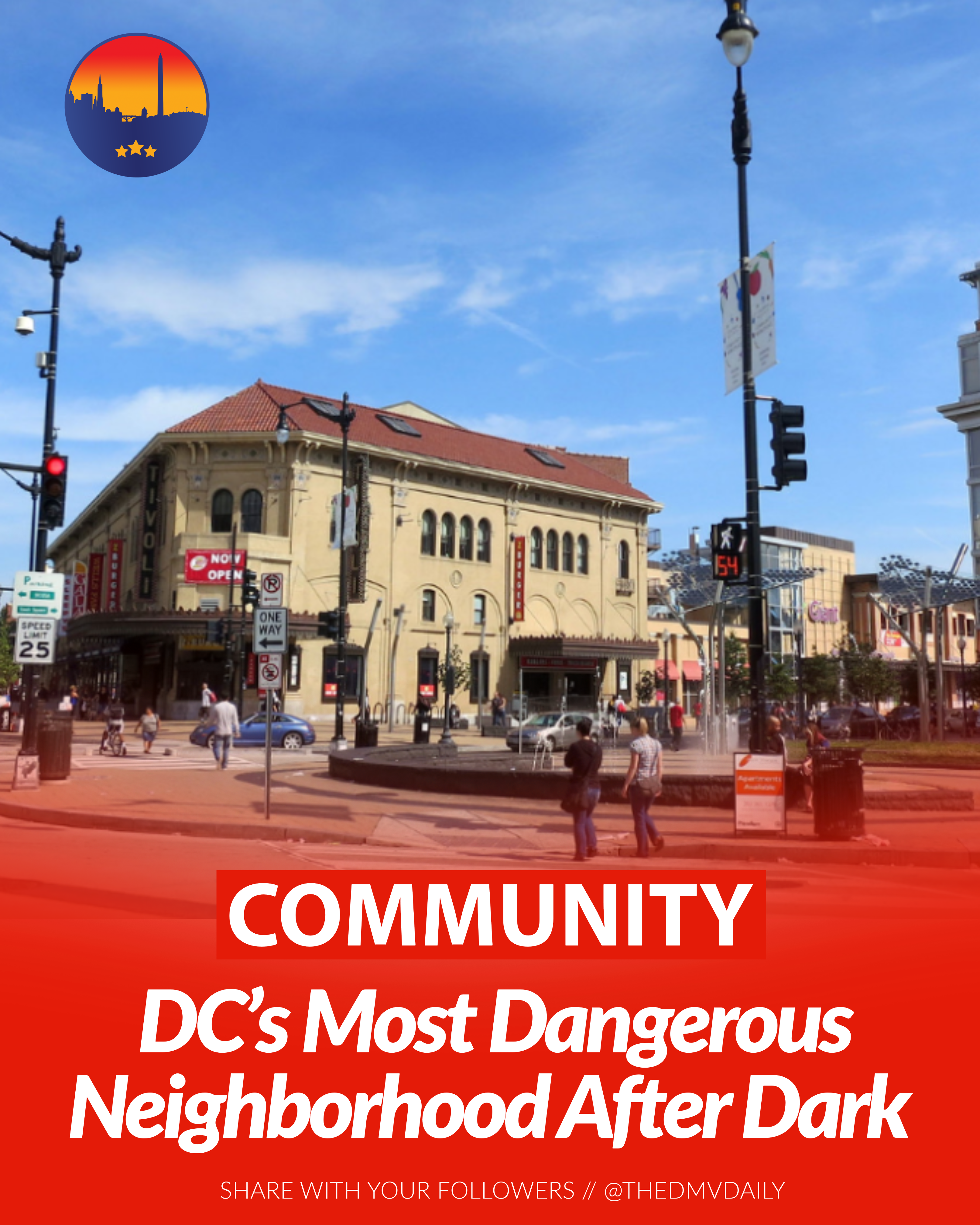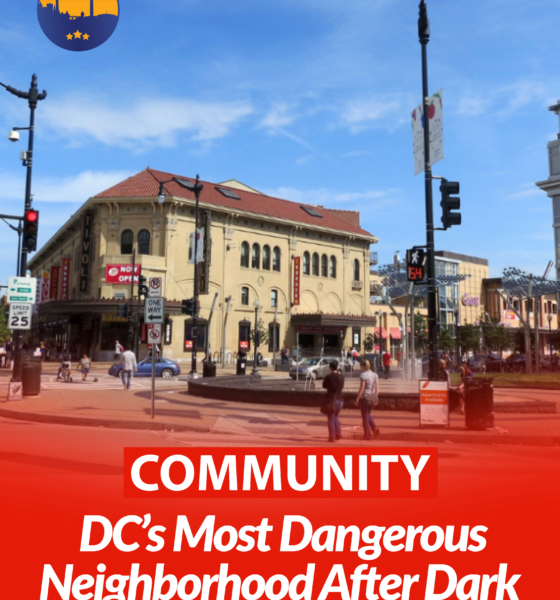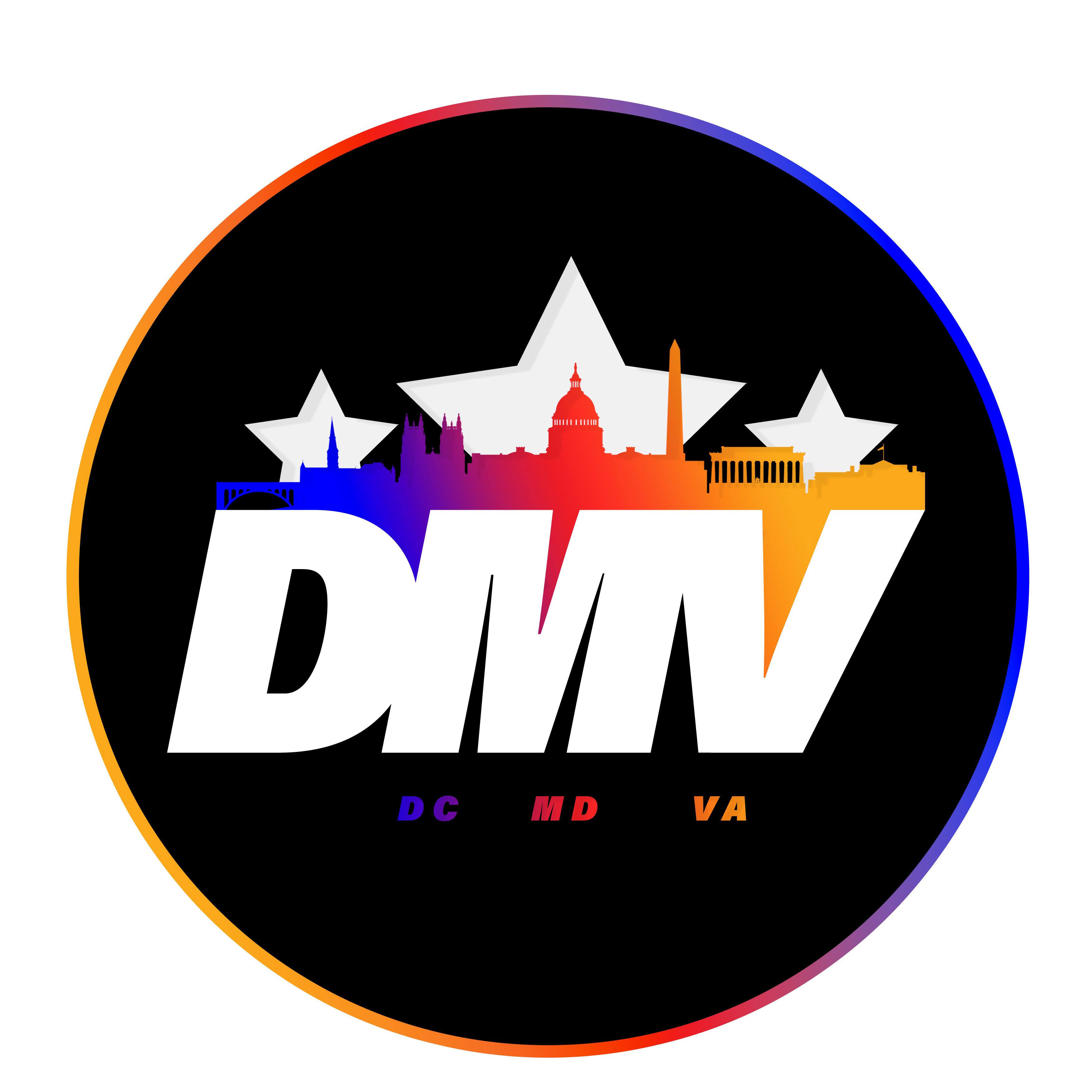

Community
DC’s Most Dangerous Neighborhood After Dark
In Washington, DC, safety remains a paramount concern, with certain areas posing higher risks than others. According to OnlyInYourState, the city ranks high in crime rates, with 60 incidents per 1,000 residents, translating to a one in 17 chance of falling victim to crime. Despite its reputation as a home to influential figures and a hub of pricey living, several neighborhoods warrant caution.
Washington Highlands/Bellevue stands out among DC’s most dangerous locales, earning a spot on NeighborhoodScout.com’s “Top 25 Most Dangerous Neighborhoods” list, with the Atlantic St SE/4th St SE area ranking at number 22. This designation underscores persistent safety concerns, with crime rates consistently exceeding the city average. Despite efforts to address these issues, ensuring the safety of residents remains a daunting challenge.
NoMA, nestled in the northeast quadrant of DC, has garnered notoriety as a high-risk area, with an average of 187 violent crime incidents reported annually, according to Chart-It statistics. Despite safety concerns, NoMA remains an enticing destination, attracting visitors with its vibrant culture and annual Oktoberfest celebration.
Columbia Heights/Mount Pleasant and Park View have emerged as focal points for criminal activities, with reports highlighting the prevalence of violent crimes and robberies within these clusters over sustained periods. Despite their designation as dangerous areas, these neighborhoods offer pockets of charm, including enchanting parks and a rich historical legacy.
Deanwood Metro Station, a crucial part of DC’s transit system, faces ongoing safety issues, with three fatalities reported by July 2016. This pattern underscores the urgent need for improved security measures and community efforts to create a safer environment for commuters and residents alike.
Brentwood, situated on the northeast periphery of DC, is known for gritty violence and daylight shootings. AreaVibes.com’s data further emphasizes the severity of the situation, with an overall crime rate soaring 179% higher than the national average. Comprehensive interventions are necessary to address the root causes of crime and restore a sense of safety to the community.
Neighborhoods like Ivy City, Trinidad, and Carver Langston, clustered within Southeast DC, grapple with the complex dynamics of gentrification and persistent violence, with a staggering rate of 23 violent crimes per 1,000 residents, surpassing the citywide average. Despite revitalization efforts, these areas require multifaceted approaches to mitigate risks and foster community resilience.
Historic Anacostia, despite rejuvenation efforts, contends with alarmingly high crime rates surpassing the national average by 223%, according to AreaVibes.com. Nevertheless, the neighborhood offers the picturesque Anacostia Riverwalk Trail, providing respite amidst challenges. Collaboration on revitalization initiatives is essential, with a focus on addressing socio-economic factors contributing to crime for a safer and more vibrant future.

